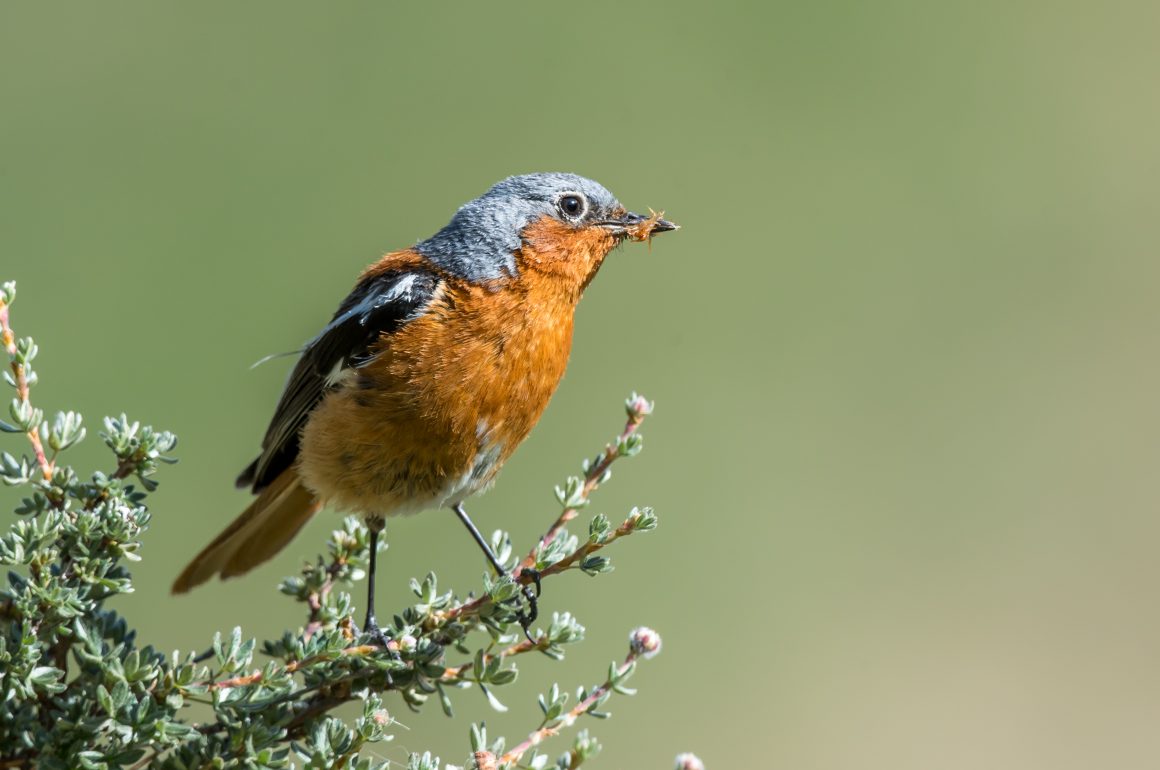
Chaka is a small town, with just about 2000 people. The main attraction here is a large salt lake at an altitude of more than 3000 meters that is claimed to attract 3 million visitors every year – and thus exactly the kind of place I try to avoid in my travels. Fortunately, I share this preference with birds, which we found away from the lake, mostly in some semi-desert areas.
Such as this Daurian Partridge.
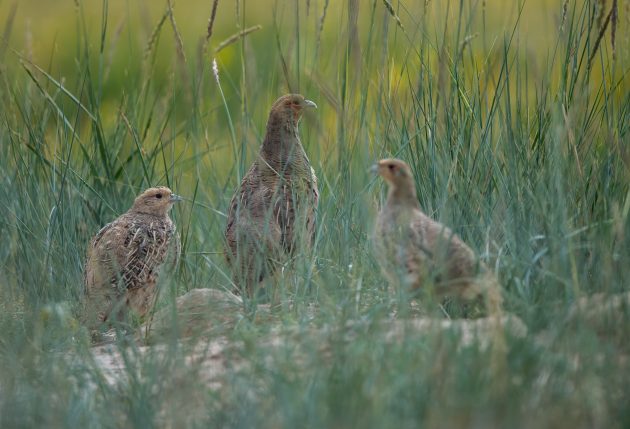
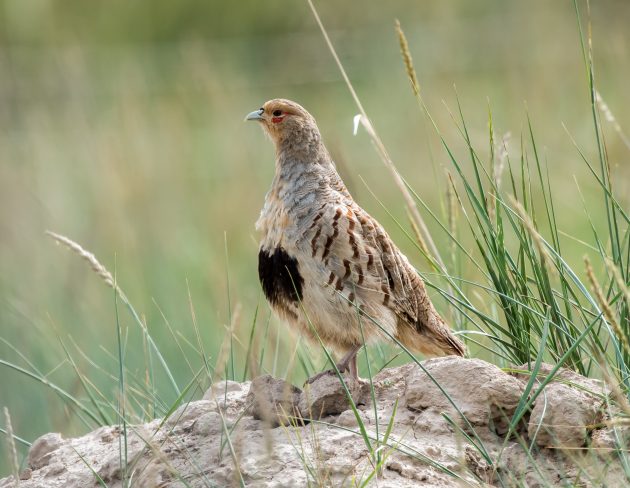
The HBW delights with exciting information on systematics history:
“Specific name sometimes erroneously spelt P. dauuricae; latter spelling (the original) was in genitive case due to the wording of the description, and has therefore to be corrected. Species formerly referred to as P. barbata, but present name has priority. One recent study found that this species was sister to P. perdix, and also that race przewalskii (sometimes subsumed within suschkini, but generally paler) was basal to other taxa included within the present species. Clinal and individual variation make delineation of races somewhat difficult; proposed race turcomana (E Turkestan) is treated as a synonym of nominate, and castaneothorax (NE China) as a synonym of suschkini. “
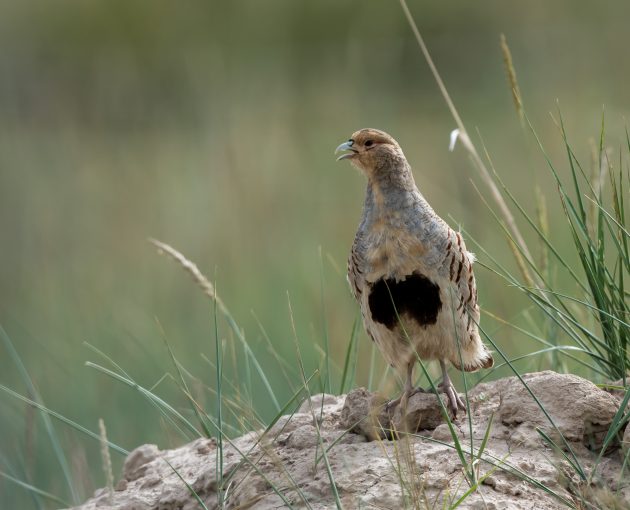
Not the bird’s fault, I guess. Just what ornithologists talk about when visiting their local pub.
The Ala Shan Redstart (which I will not call Przevalski’s Redstart, see my juvenile rants about the evil Mr Przevalski in earlier editions of this blog) is a very attractive bird and – as many attractive birds – listed as Near Threatened. A pity.
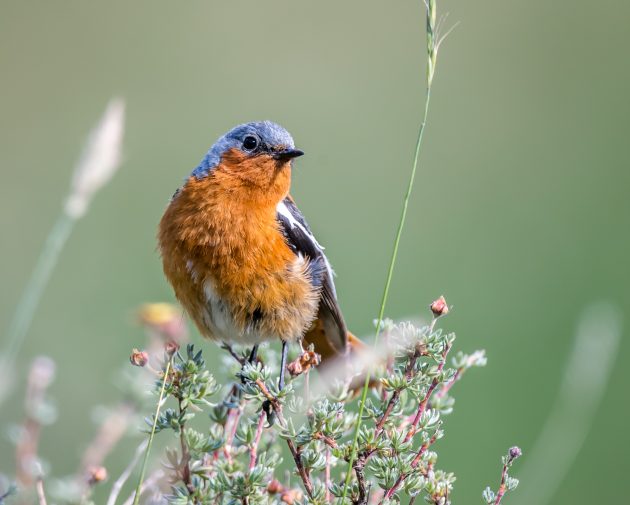
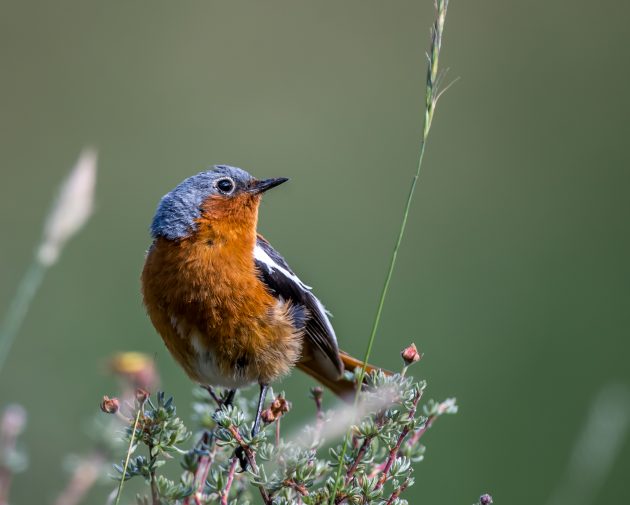
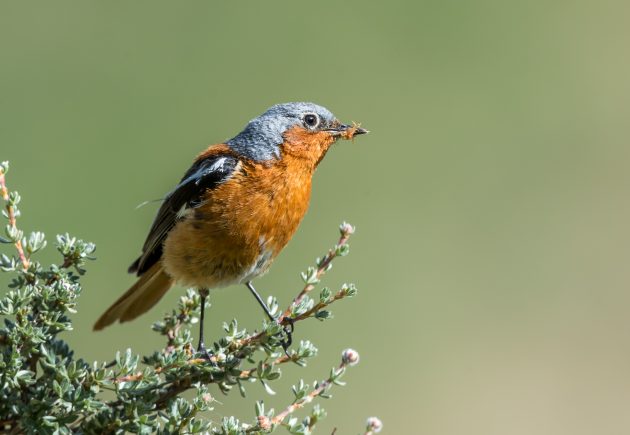
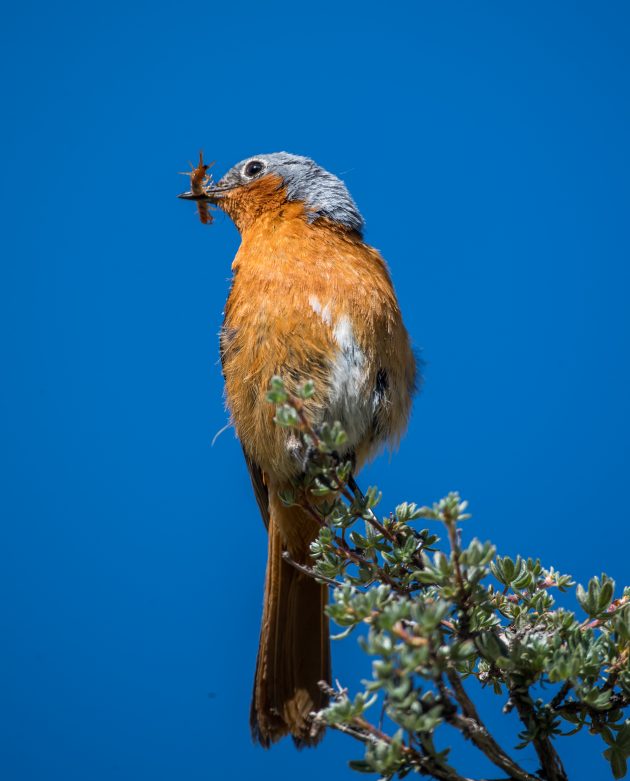
Possibly my favorite bird on the whole Qinghai trip was this Mongolian Ground Jay – thanks a lot to Bella from Alpinebirding for finding it.
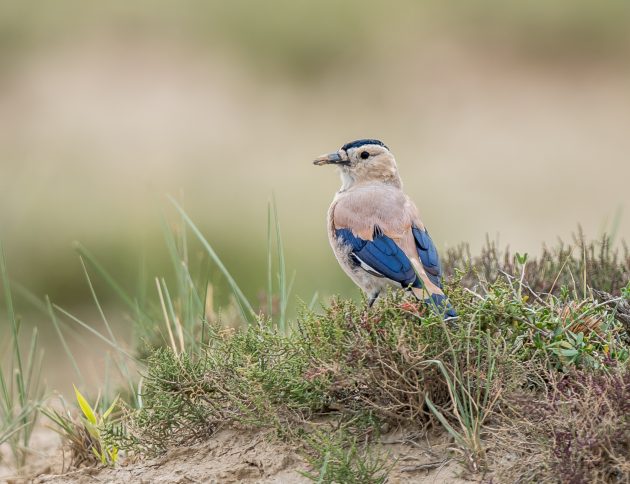
Apparently, this is another bird species that feels not so certain about flying (many humans have similar feelings). To quote the HBW “Prefers to run, rather than to fly, from potential danger, but will take to the air if hard-pressed” (again a good time to recommend you to look up the “Stupid Birds” Gary Larson cartoon online).
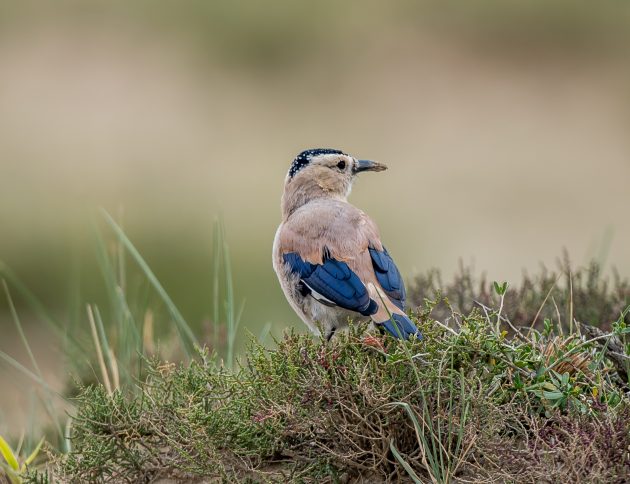
And this is what the jay eats, apparently – at least occasionally. Probably chocolate as well, but only when there are no bird watchers around.
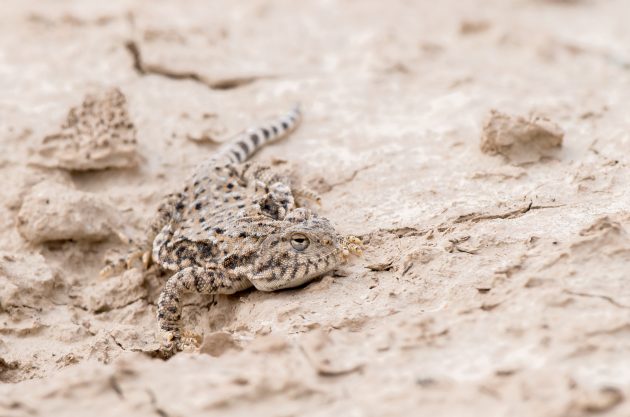
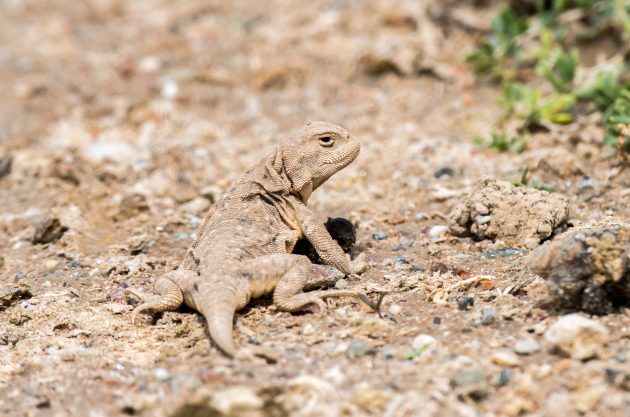
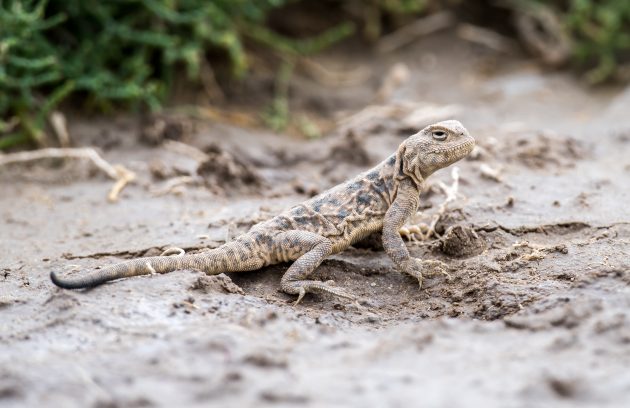
Citrine Wagtails are rare in Shanghai but apparently quite common around Chaka, though unfortunately most of the ones we saw were not in breeding plumage. I blame this on covid-19.
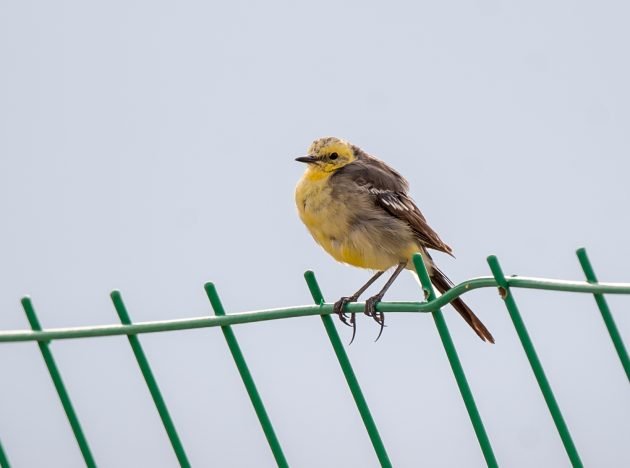
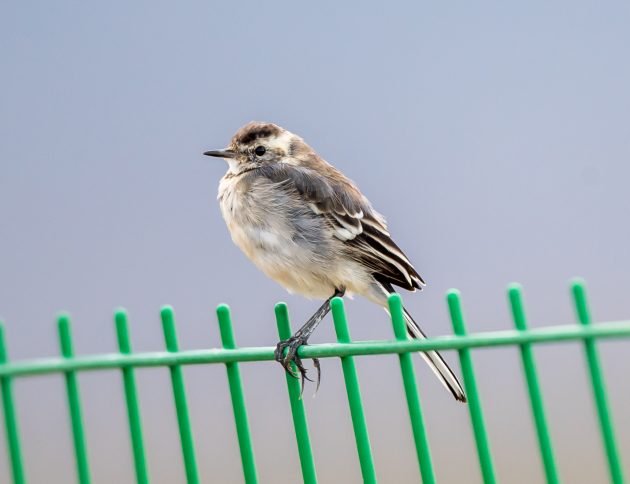
On Rubber Mountain, Black Restarts were busy engaging in the circle of life, blissfully ignoring the fact that in about 7.5 billion years, the earth will most likely be absorbed by the sun.
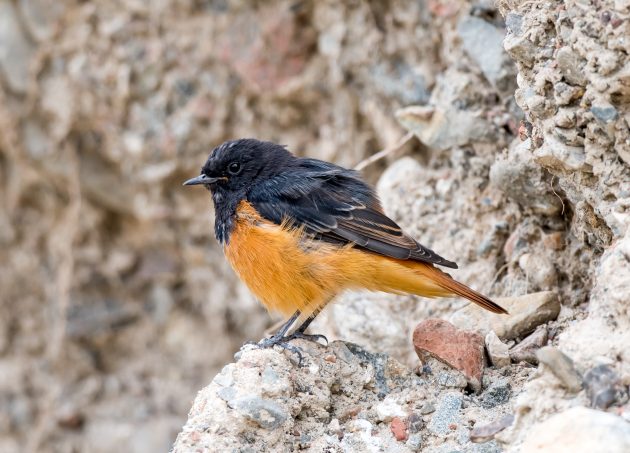
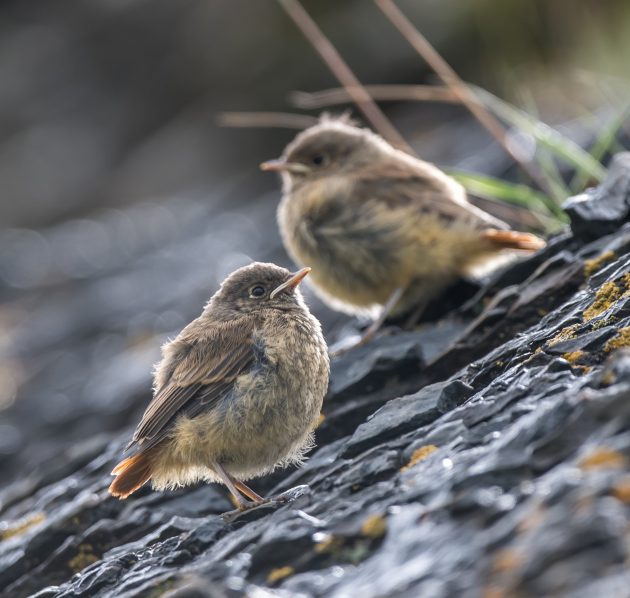
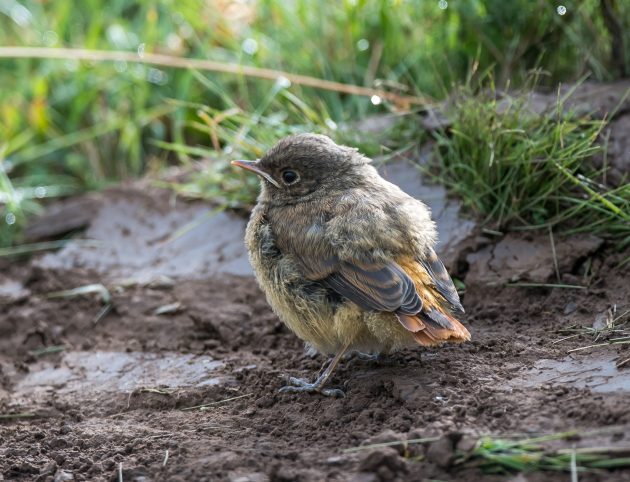
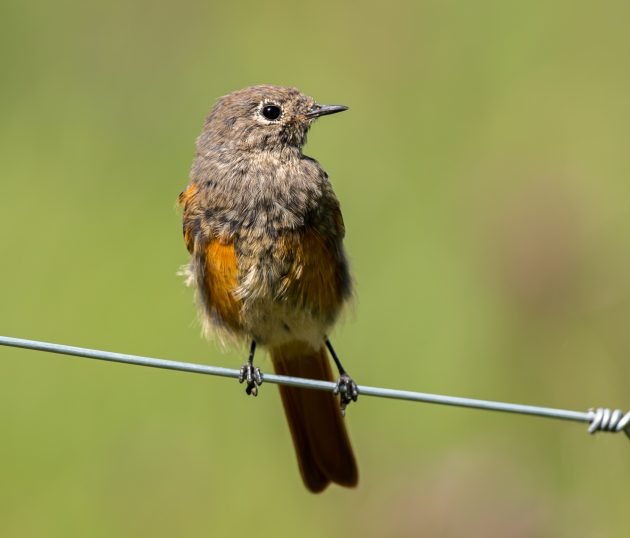
The Brown Accentor certainly ranks among the less attractive accentors, though of course, some species in this family set a rather high bar.
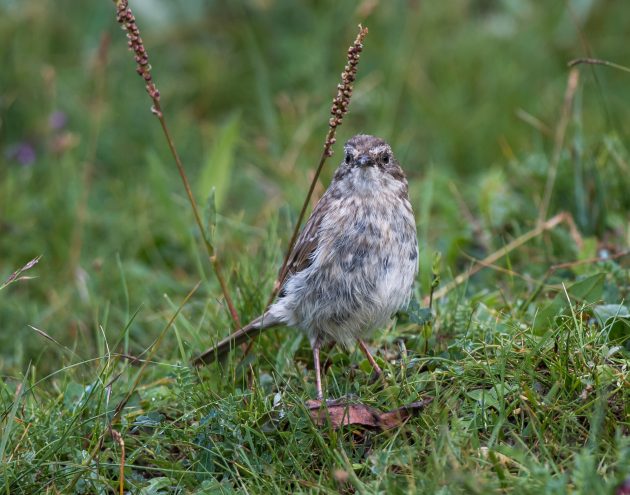
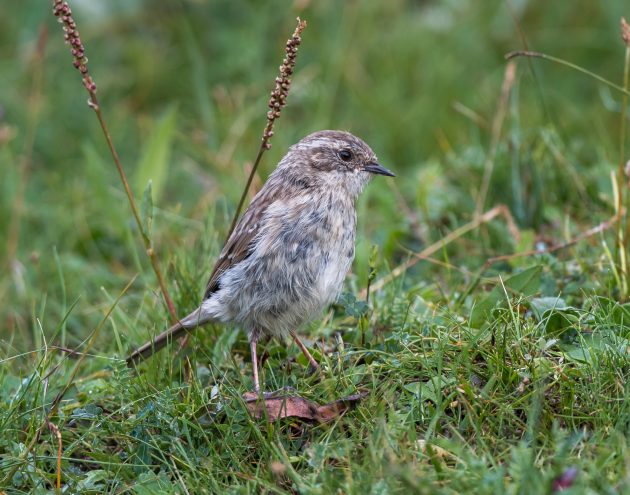
I generally quite like shrikes, being partial to our noisy Shanghai Long-tailed Shrike. So, it was nice to see an Isabelline Shrike.
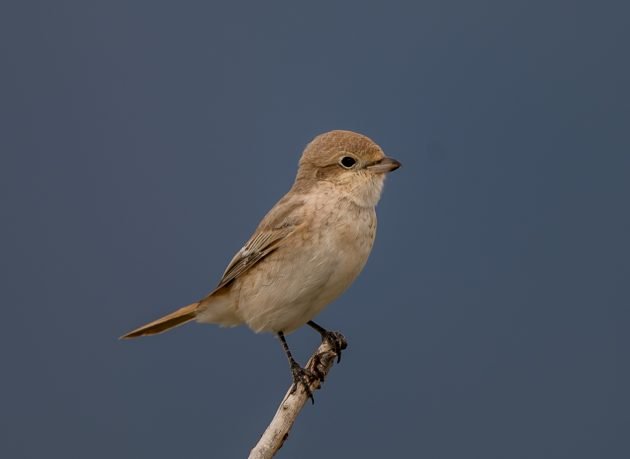
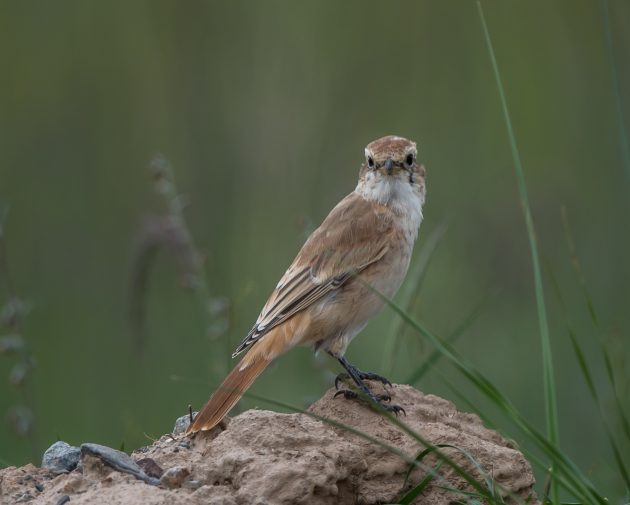
We also saw another species with the same first name, the Isabelline Wheatear.
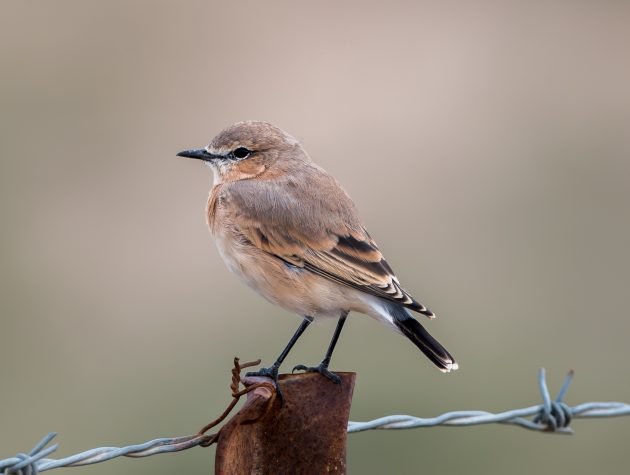
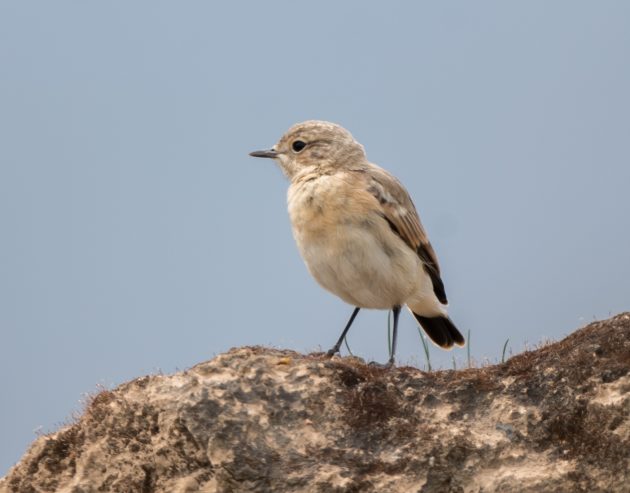
Given that our guide showing us this bird was named Bella, she immediately claimed some sort of ownership of these two species. So, I later looked this up. And indeed, it seems Isabelline stands for Isabella. But the (apocryphal) story behind this is less than appealing (source), making me wonder whether Bella will uphold this claim in the future.
“Isabelline, also known as Isabella, is a pale grey-yellow, pale fawn, pale cream-brown, sandy or parchment colour, often used to describe plumage in birds like Isabelline Shrike, Wheatear etc. The word clearly comes from the personal name Isabella. There’s a folk tale (However, there are other theories as well) — mentioned in the Oxford English Dictionary only to deny its truth — that says the origin was Isabella, Archduchess of Austria, daughter of Philip II of Spain. He laid siege to Ostend in 1601 and in a moment of dedicated fervour Isabella vowed not to change her intimate undergarments until the city was taken. Unfortunately for her (and for those around her) the siege lasted another three years, leading to this off-colour word for over-worn underwear.”
According to the HBW, the diet of the Pine Bunting during breeding season is mainly invertebrates. Confirmed, though in a thoroughly unscientific way.
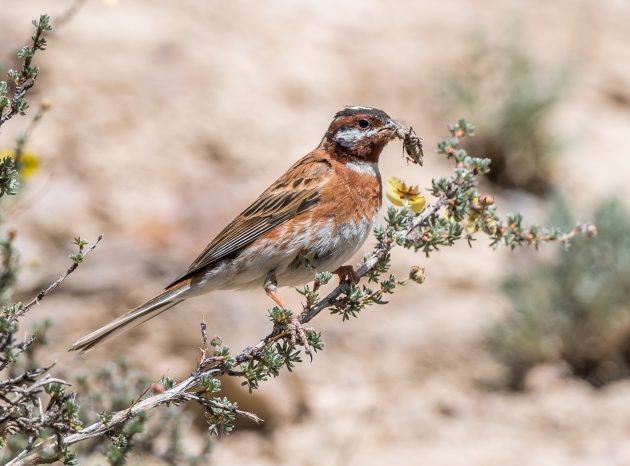
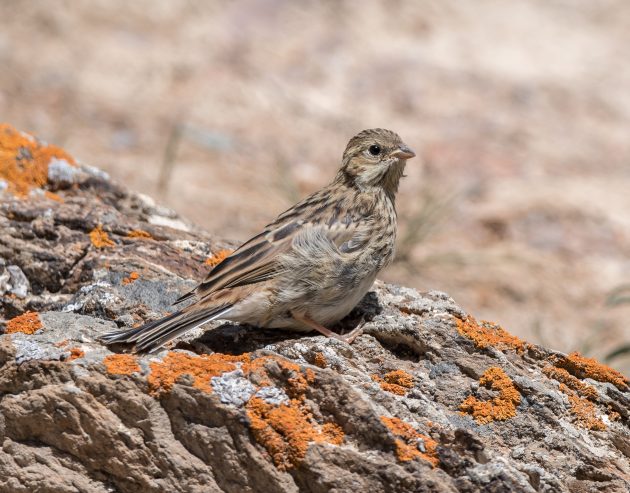
A Skylark allowed some very close photos from our car, though as usual, I cannot tell whether it is Eurasian or Oriental Skylark. My cats think both taste similar, so maybe the two species should be lumped anyway.
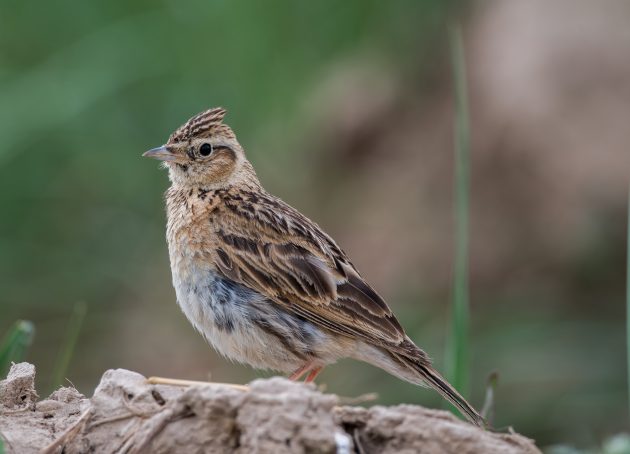
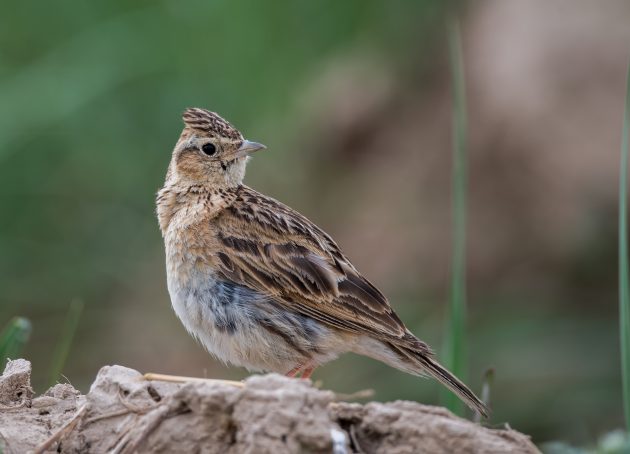
Rubber Mountain also had some rather wind-blown Siberian Stonechat …
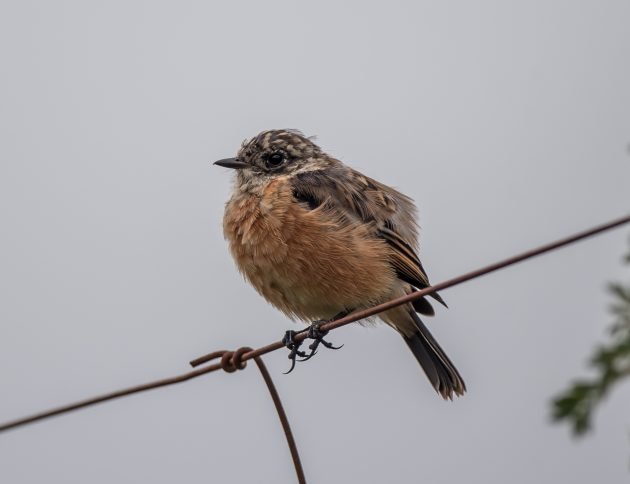
… posing on a wire next to a Streaked Rosefinch.
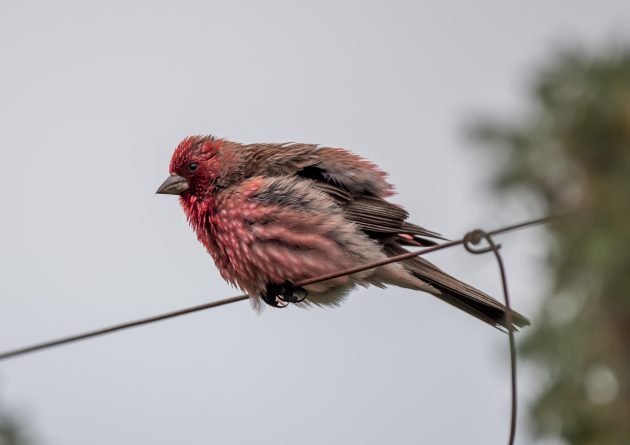
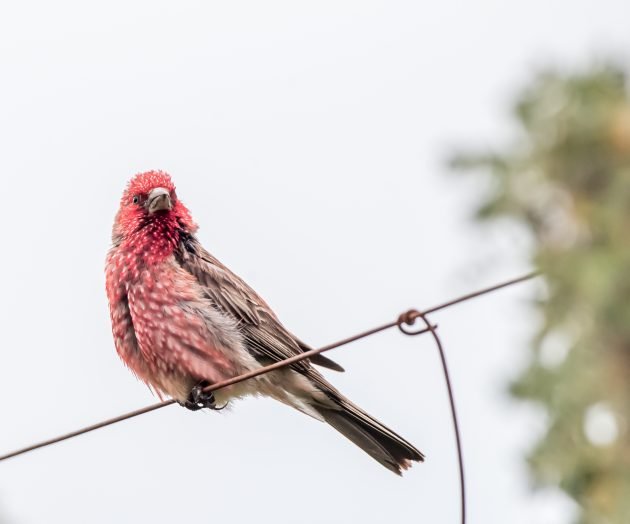
Its cousin, a Great Rosefinch, spent time at a parking lot for trucks, feeding on discarded seeds.
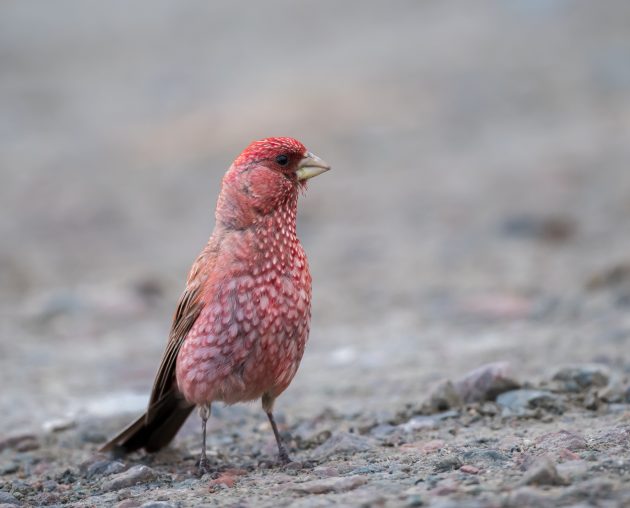
Rufous-necked Snowfinches can look very photogenic with the right background.
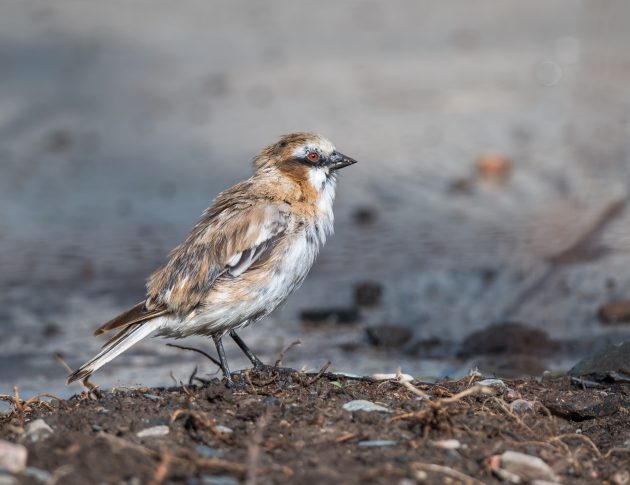
Finally, always good to end a blog post with a vulture as a gentle memento mori. At Rubber Mountain, we saw a few Himalayan Vultures – it seems they are breeding there as well.
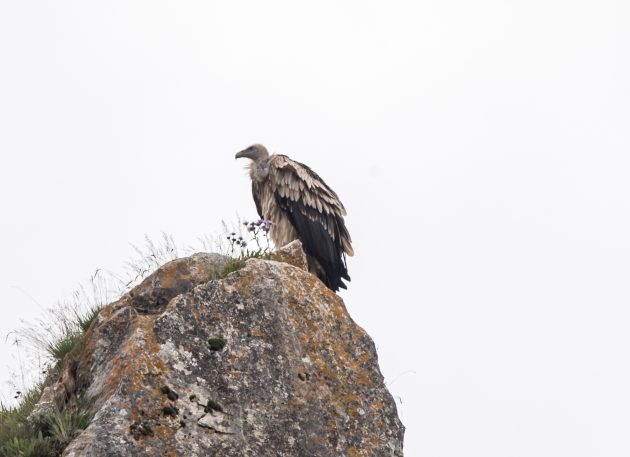
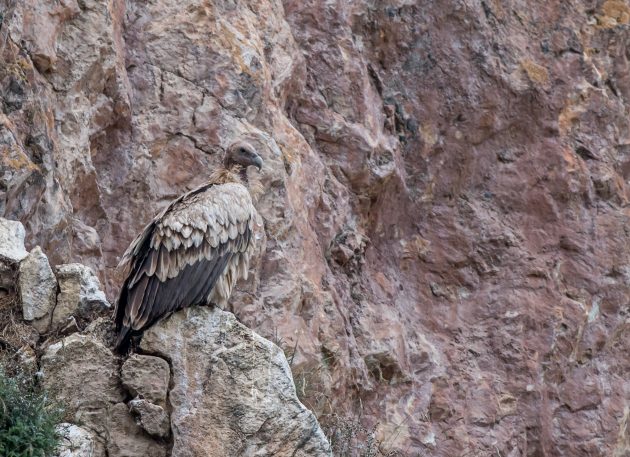











Leave a Comment